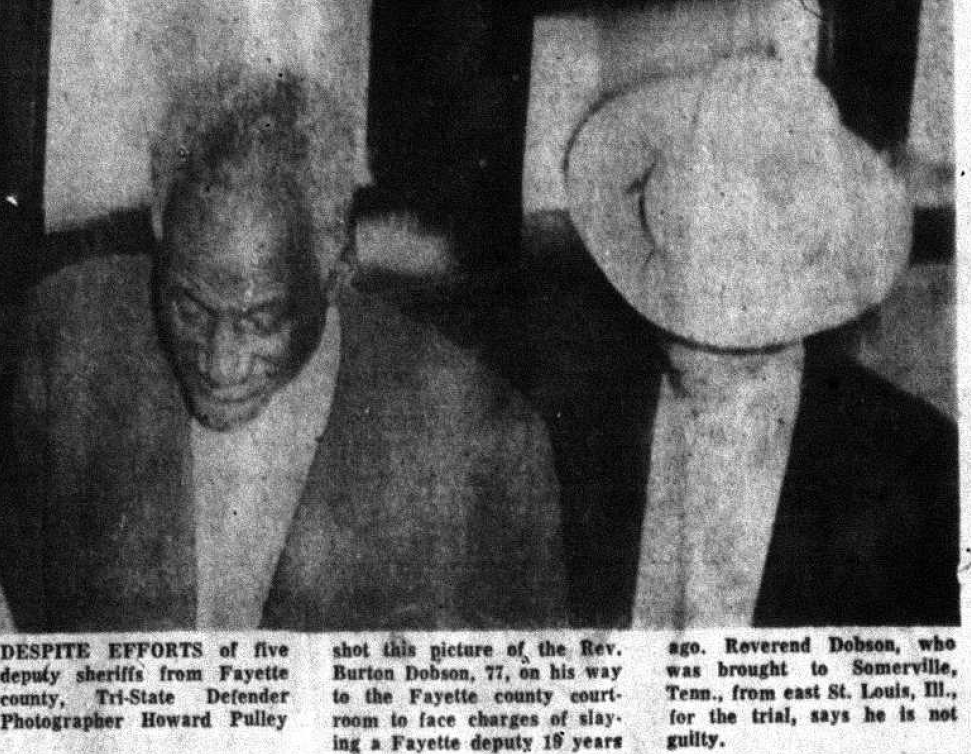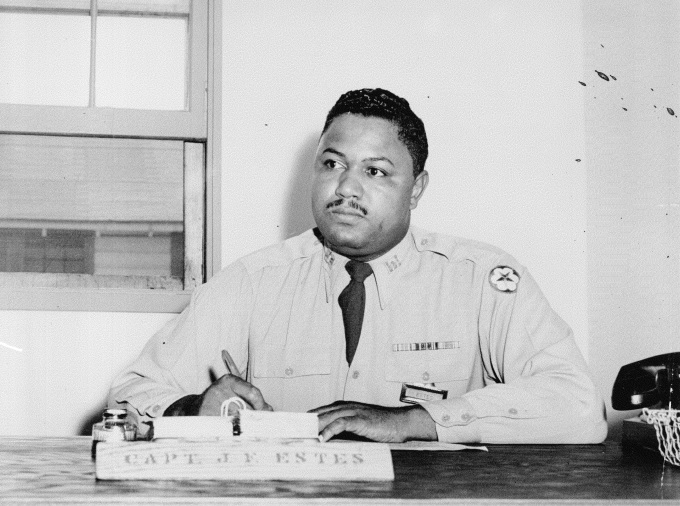Tent City: Stories of Civil Rights in Fayette County, Tennessee
1959: African Americans in Fayette County Demand the Right to Vote
In 1959, Fayette County was a farming community where black residents outnumbered whites three to one; however, the large black population held no political power, owned little property, and had lived decades in poverty, mostly as sharecroppers. Unlike African Americans in Memphis, located approximately 50 miles to the west, Fayette County blacks lacked active civic organizations such as the National Association for the Advancement of Colored People (NAACP) and political clubs that could galvanize individuals to act collectively. Fayette County's African American community lived in a rural setting, with people living further apart from each other than in urban or suburban settings. The black community in adjacent Haywood County, Tennessee, which lies to the north, similarly lived on farms. Although this website does not address the in-depth struggle for the right to vote that began as early as 1956 in Haywood County, that effort, like Fayette County's, was met with strong opposition from whites.
|
Burton Dodson: "On [His] Way to Meet His Fate" 
Source: Tri-State Defender, Apr 6, 1959 |
Things in Fayette County changed in 1959. African American attorney James F. Estes was the initial catalyst for civil rights activity in both Haywood and Fayette counties. Estes, who had ties to the Memphis NAACP, recruited and assisted leaders in both counties to organize and register black residents to vote. Estes saw an opportunity to encourage civil rights activism among African Americans in Fayette County when he became defense counsel to Burton Dodson. In 1940, Dodson was indicted for the alleged killing of a white man, Olin Burrow, during a shootout between Dodson and a group of white men who had gone to Dodson's home, allegedly to arrest him. The African American community, however, held firm in their belief that the white "deputies" had planned to lynch Dodson. Therefore, they viewed both Dodson's and his son's participation in the shootout as self-defense. Moreover, according to the black community, the site where Burrow's body was found indicated that Burrow was killed not by Dodson, but instead by "friendly fire." Dodson, the black community believed, was wrongly accused of Burrow's murder.
From the unbalanced economic arrangement of sharecropping to the blocking of basic civic participation, the African American community knew the odds were stacked against them. In addition to poverty and lack of political power, the specter of lynching always hovered. This reinforced the compliance of blacks to an economic and social arrangement favoring the white community.
In 1915, the story of Thomas Brooks' lynching in Fayette County from the bridge of the Nashville, Chattanooga & St. Louis Railway, was repeated in black families for generations as a reminder of what could happen to blacks who "got out of their place." American historian, Leon F. Litwack, in How Free is Free: The Long Death of Jim Crow, (Harvard University Press 2009) described the ghoulish spectacle of Brooks' brutal death:
Hundreds of [K]odaks clicked all morning at the scene of the lynching. People in automobiles and carriages came from miles around to view the corpse dangling from the end of a rope...Picture card photographers installed a portable printing plant at the bridge and reaped a harvest in selling postcards showing a photograph of the lynched Negro. Women and children were there by the score. At a number of country schools the day's routine was delayed until boy and girl pupils could get back from viewing the lynched man.
|
Staff Sgt. James Estes  Source: Special Collections, University of Memphis Libraries |
Dodson's 1959 trial created a stir in the black community because of the widespread belief that Dodson was innocent and because Dodson had stood up and fought against a lynch mob, escaping with his life. Furthermore, the trial, which had no black jurors, provided Estes with the platform to advocate for voter registration. When the black citizens asked why no black jurors were available, Estes was given the opportunity to educate the community on the importance of registration for both choosing one's governing body but also for ensuring every man and woman has a jury truly constructed of his or her peers.
The appearance of James Estes created another sensation: in the collective memory of the black community, no black attorney had ever represented anyone in the Fayette County Courthouse. Moreover, Estes' bearing and demeanor during the court proceedings were a source of pride for Fayette County blacks.
According to civil rights activist Allen Yancy, Estes "talked and walked without fear . . . asking questions that you would not dare ask a white person in Fayette County at that time."
